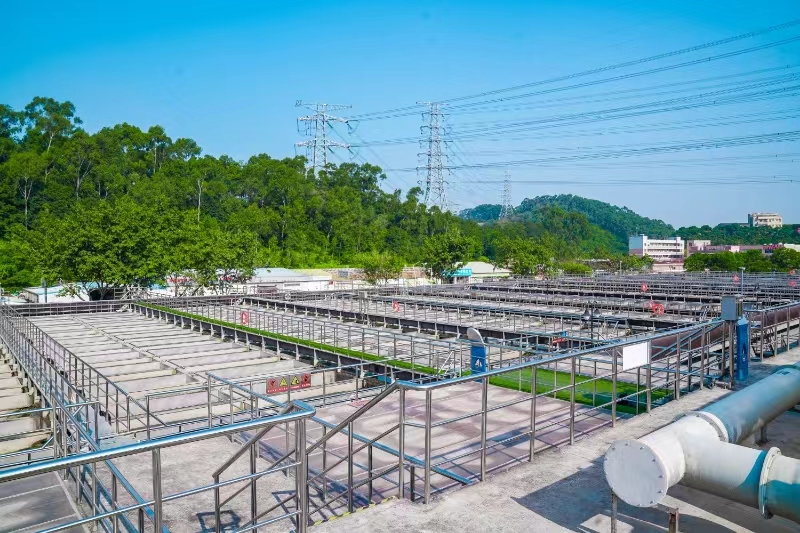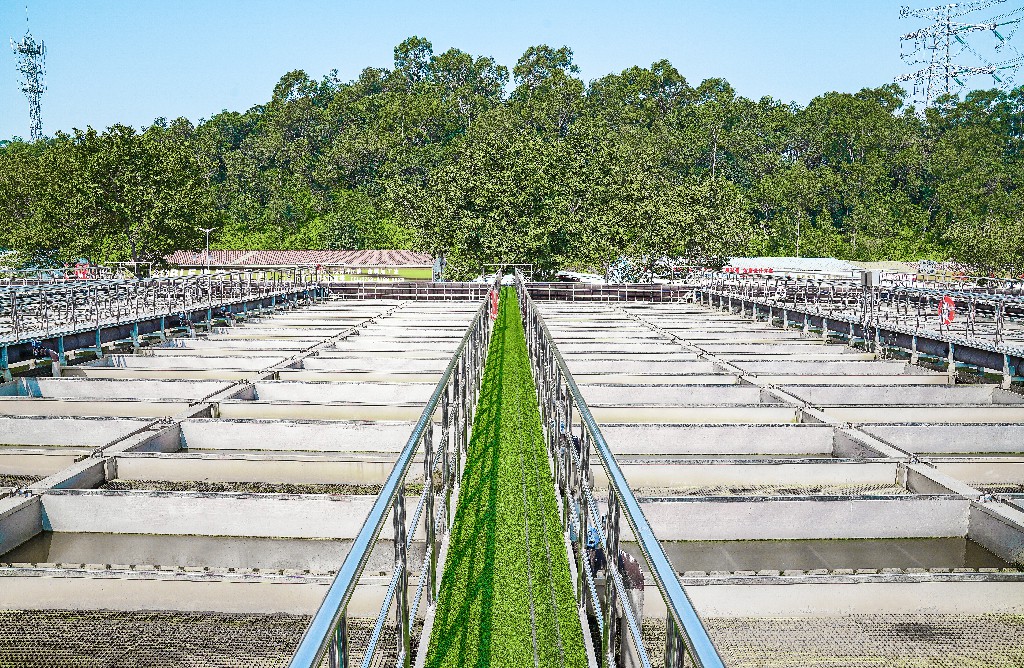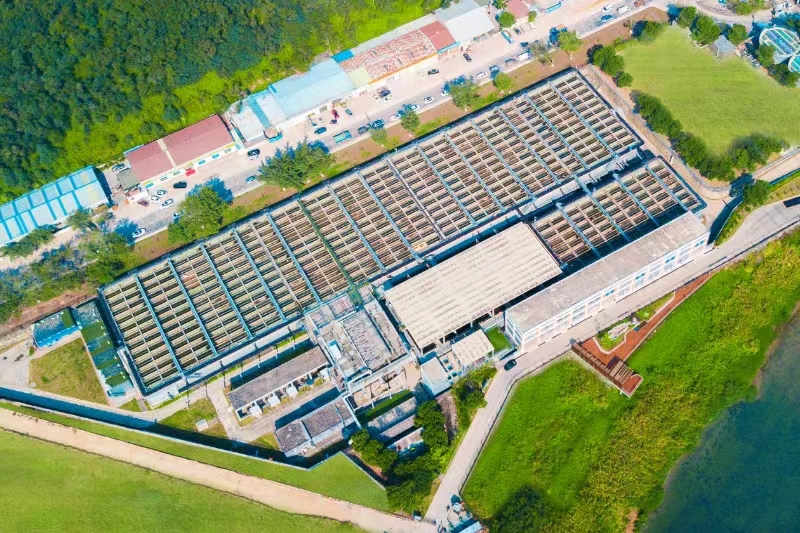A New Comprehensive Treatment Mode for Non-point Source Pollution——Regulating Tank + Municipal Sewage Linkage Treatment
Has it ever crossed your mind how the relentless downpour of a heavy rainfall presents a formidable challenge to urban sewage treatment? The surge in drainage can push the city's infrastructure to its limits. Incomplete diversion of rain and sewage, significant leakage of municipal sewage in dry seasons, and the difficulty in controlling non-point source pollution during the rainy season are just some of the issues plaguing many older urban areas.
ake for instance, the Guanlan River Basin. Prior to 2018, it grappled with a daily deficit of hundreds of thousands of cubic meters in sewage treatment in the main stream. The upstream drainage pipe network, burdened by a significant amount of historical debts, allowed a vast quantity of municipal sewage to flow into the sewage interception box culvert. The Guanlan estuary storage pond, being the last treatment barrier in the basin, had its effluent quality directly impacting the Qiping section's compliance with standard requirements. Its sewage treatment capacity, however, fell short.

In 2018, a turning point arrived. The municipal government proposed a key control project for the water quality of the Qiping section. The solution? RPIR technology. Known for its swift construction period, minimal land occupation, over two-fold water volume change coefficient, and cost-effectiveness, it became the chosen strategy. The general contractor implemented a highly flexible management model of a "regulating storage tank + municipal sewage linkage treatment". This innovative approach not only addressed sewage treatment but also provided a solution for rainwater storage and treatment during the early rainy season. It resolved the issue of microorganisms' survival, which was previously threatened by the lack of water in rainwater storage tanks during dry seasons.

During the dry season, the system could treat an impressive 150,000 tons of leaked sewage per day, with the effluent meeting the quasi-surface Class IV standards. In the rainy season, this capacity surged to an astounding 250,000 tons per day, with the water output meeting the quasi-surface Class V standard. The project hit water supply and production standards in just 133 days from the bid win, a testament to its efficiency.

The first storage tank with a biochemical treatment function and meeting surface Class IV emission standards was also constructed. This provided a stable guarantee for the Qiping section's water quality to consistently meet the standards. This success story of the Guanlan River Basin is a testament to the power of innovation and determination in overcoming the challenges of urban sewage treatment during heavy rainfall. It serves as a beacon of hope for other cities grappling with similar issues, and a reminder that with the right strategies and technologies, we can turn the tide in our favor.
 LOADING...
LOADING...
 DATE:2024年03月11日
DATE:2024年03月11日


